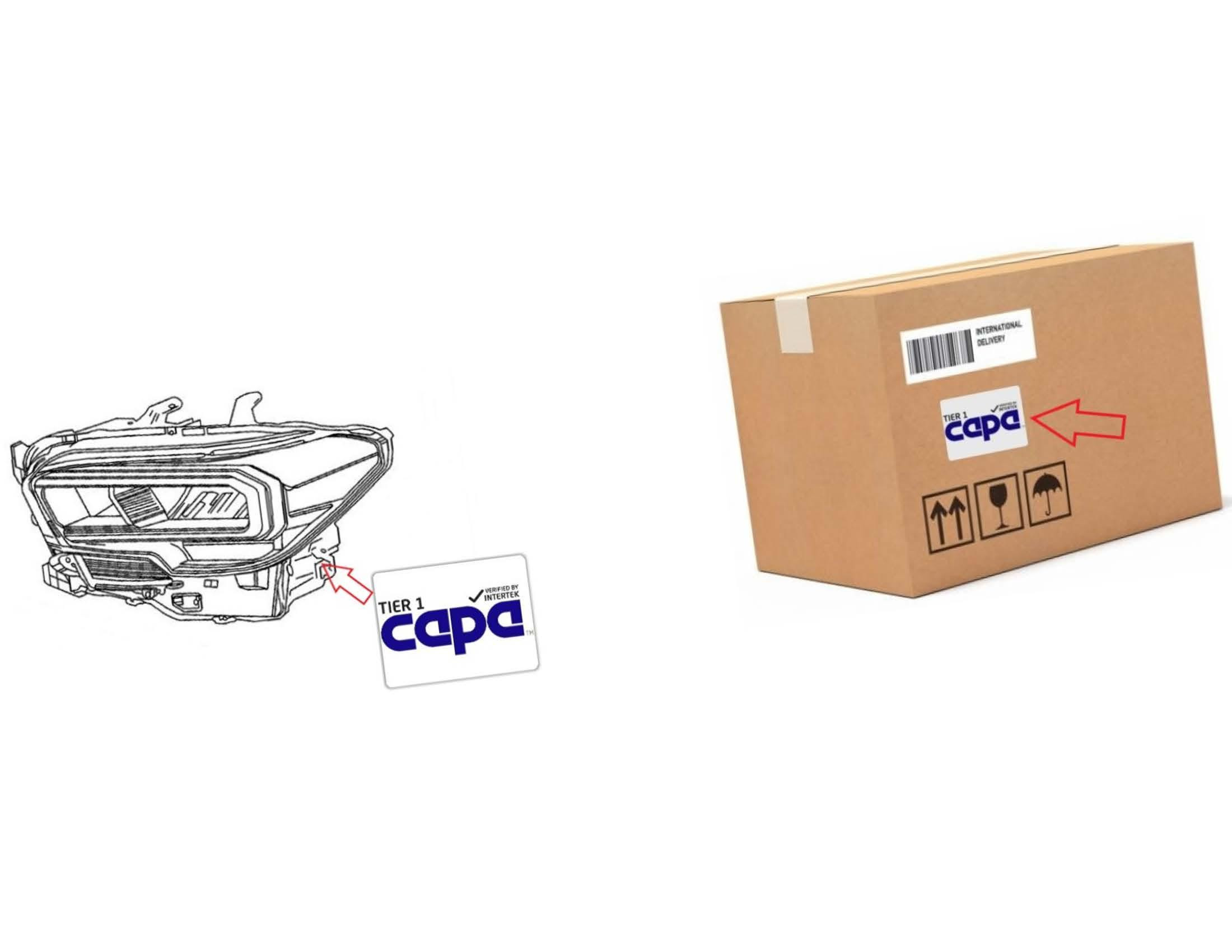When the Certified Automotive Parts Association (CAPA) announced in 2021 the launch of a Tier 1 Replacement Parts Verification Program, concerns were raised about possibly creating confusion in the industry by adding yet another term to the list of parts nomenclature.
At the Collision Industry Conference (CIC) during SEMA week, a poll taken just prior to a CAPA presentation on the verification program found that more than two years after the first Tier 1 parts were labeled as such by CAPA, 2 in 5 attendees acknowledged they were unclear what a Tier 1 part is.
The Tier 1 program differs from CAPA’s certification program for non-OEM parts. Those parts are often manufactured by a company that isn’t producing the same part for an auto manufacturer, and go through CAPA’s full testing program to physically check the fit, finish, paint adhesion, coating performance, weld integrity, etc.
 Stacy Bartnik of Intertek.
Stacy Bartnik of Intertek.
In the CIC presentation, Stacy Bartnik of Intertek -- the company that conducts CAPA’s testing and certification of non-OEM parts -- said the Tier 1 verification program is for parts produced by a Tier 1 supplier of OEM parts to the automakers, such as Bosch or Hella, but sold under different branding with no other changes from the corresponding part made by that company for an automaker. Such parts don’t go through CAPA’s testing.
“What we’re doing is we are taking an OE service part that a Tier 1 manufacturer makes, [and] verifying that that part, which is also being sold under the Tier 1’s own brand, is made in the same facility, with the same material, all the process is the same, the documentation is the same,” Bartnik said. “The only allowable difference is branding. So there will be no [OEM] branding, no [OEM] logos, and it’ll be in the packaging of that Tier 1 manufacturer.”
 A Tier 1 label.
A Tier 1 label.
She said one of the reasons the program was launched was because of industry confusion over what an “opt-OE” part is, with Tier 1 suppliers wanting to somehow differentiate their parts from the different types of parts included in that designation. Most of the parts that have received the verification to date are headlamps and sensors.
Tier 1 verified parts receive a blue seal -- as opposed to the yellow CAPA seal on certified non-OEM parts -- and are listed on the CAPA website. They also are designated in the estimating systems using such codes as “CAPA Tier 1” in Mitchell, or “A/M: TIER 1” in the CCC Intelligent Solutions system.
Bartnik said the program has been a good partnership between CAPA and Tier 1 automaker parts suppliers to give the industry more choices of alternative parts.
“There’s a time and a place for all the different part types that are available out there, and we want to make sure when someone’s using [alternative parts], that they are getting a safe, quality repair,” Bartnik said. “And that’s the whole goal is to give the industry options that are going to put that car back to being a safe vehicle to drive.”
Dave Mollner of Hella, one of the Tier 1 suppliers selling verified parts under the CAPA program, was asked what happens if there is a recall related to one of those parts.
“We have a complete compliance team that understands where those parts are sold, what distributors, and then that’s a process they handle,” Moller said.
This also distinguishes the Tier 1 verification program from CAPA’s certification program for non-OEM parts made by a company that isn’t supplying the same parts to the automaker. If CAPA issues a public safety notice about one of its certified non-OEM parts, shops that installed one of those parts will be contacted by CAPA directly only if the shop entered the CAPA seal number from the part into the CAPA Tracker online system when the part was installed.













John Yoswick